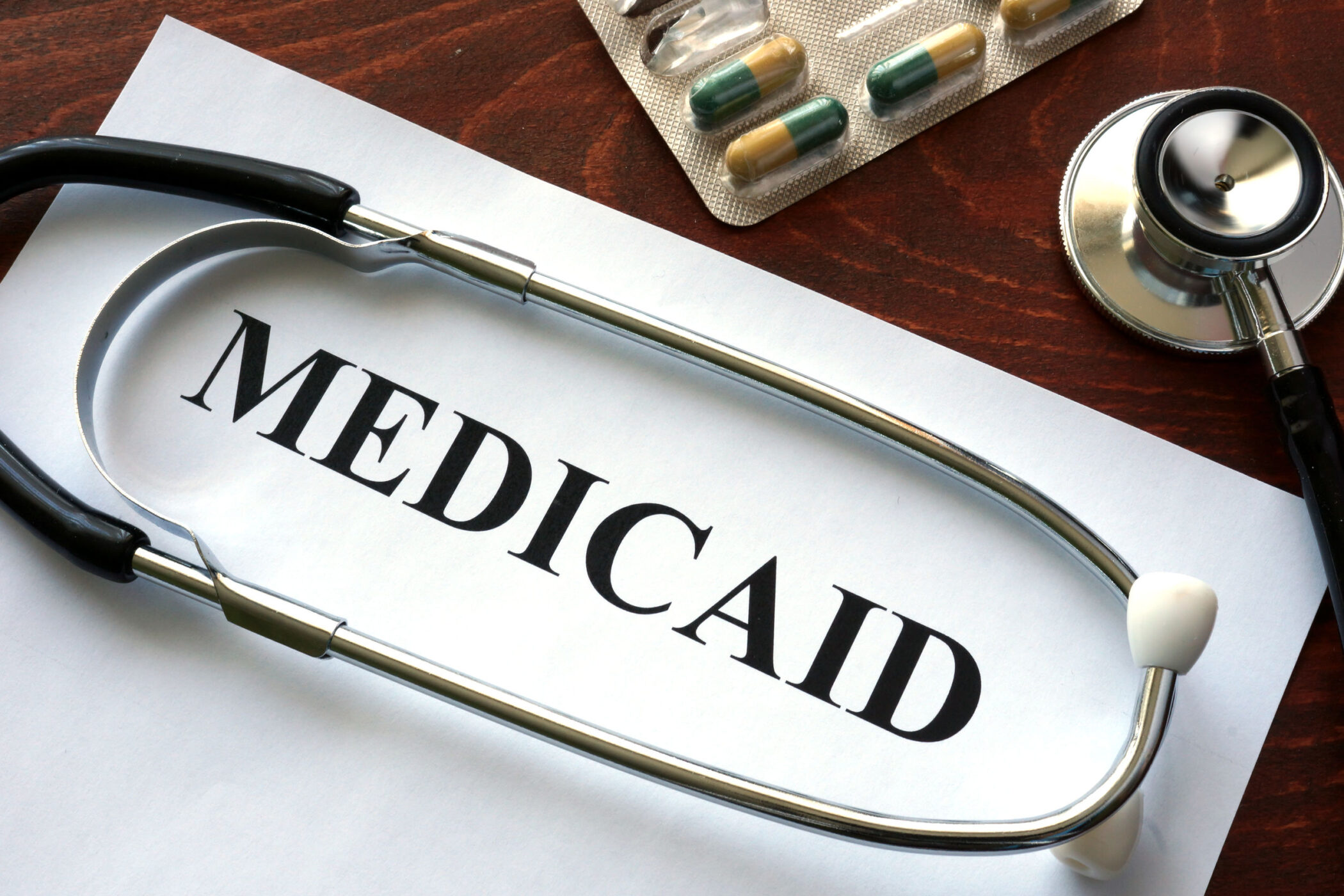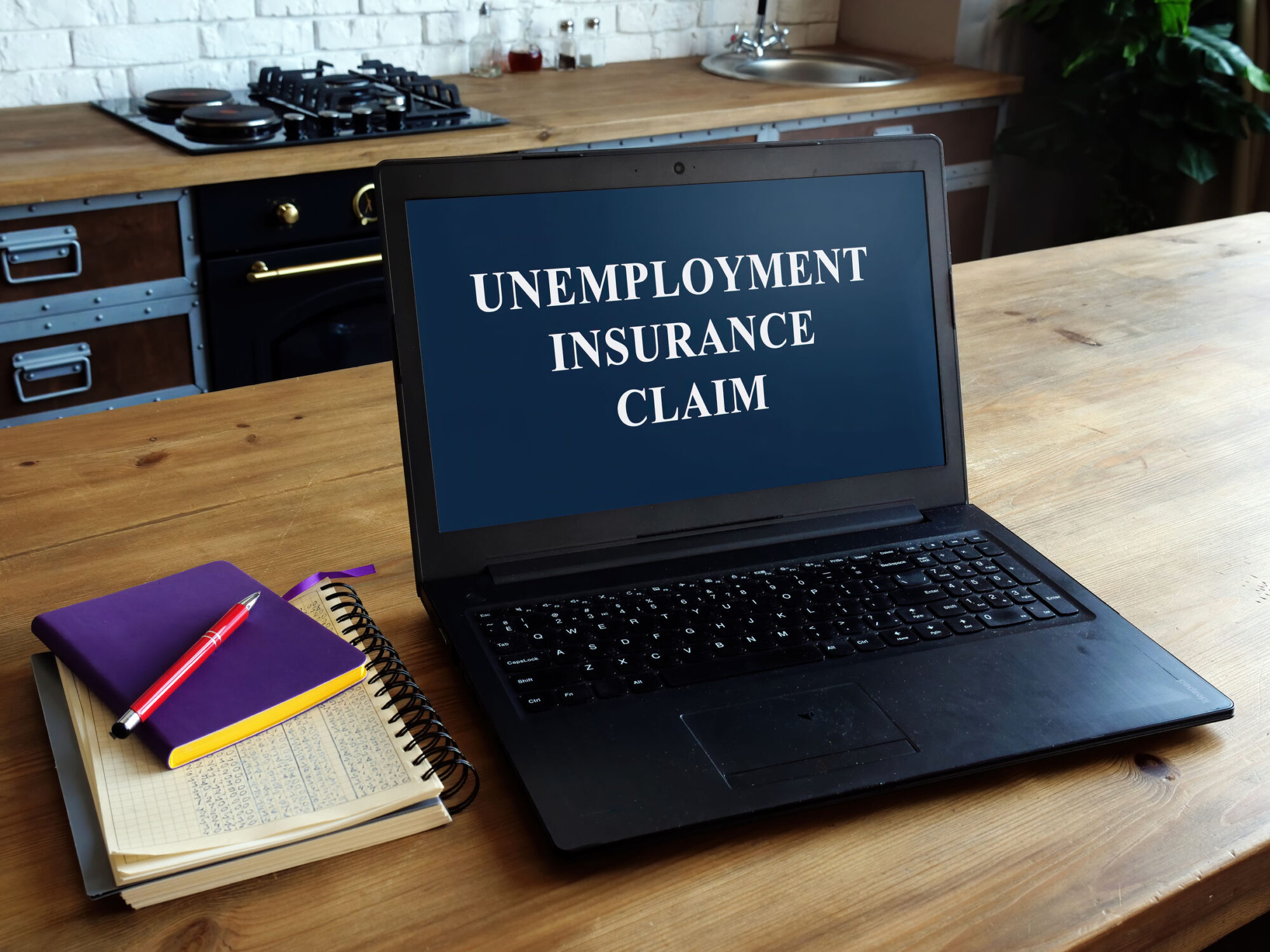Less than an hour after lawmakers adopted a school funding plan to add $90 million to public schools next year, an attorney for plaintiffs in a school finance lawsuit against the state said it’s not enough.
“The math just doesn’t do it,” attorney John Robb told the Associated Press.
Lawmakers added $525 million in new school funding last year, but the Kansas Supreme Court ordered the legislature to add more money to account for inflation. After tense negotiations between the Senate and House, legislators approved a funding plan similar to Gov. Laura Kelly’s proposal to add $360 million in new funding over the next four years.
“This bill solves nothing,” Rep. Blake Carpenter, a Derby Republican, said before casting his vote. “This bill does nothing to end the litigation. This bill does nothing to get the courts out of the business of appropriating funds.”
The legislation increases base state aid per pupil next year from $4,302 to $4,436, and builds the base state aid to $4,846 in 2022, adding $360 million in new school funds over four years.
According to Carpenter, the sharp boost will require lawmakers to increase taxes to pay for it by 2021.
“We will reamortize KPERS, because that’s the path of least resistance compared to the other two options we will face,” Carpenter said. The other options will include cutting spending or increasing taxes. We never cut spending, he said.
“So this begs the question: What tax increase are you going to vote for in order to pay for the new spending? Because the KPERS reamortization will only get us so far,” Carpenter said. “We will need to consider a second option. It’s not a question of if we will pay for the spending. It’s when will we pay for the spending.”
Michael Austin, director of the Sandlian Center for Entrepreneurial Government at the Kansas Policy Institute (which also owns The Sentinel), analyzed how much lawmakers may have to raise taxes to fund schools. According to his analysis, the school funding proposal creates a $979 million budget gap by 2023. If legislators used property taxes to fuel the new spending, they would need to increase state-levied property taxes by 50 percent.
Gov. Kelly is likely to sign the legislation. In a statement, she called the proposal a “reasonable, commonsense plan.”
“The Kansas Legislature took an important step today towards addressing the needs of our students, supporting our teachers and fully funding our schools,” she said.
The Kansas Supreme Court will hear oral arguments to determine whether the law adequately funds schools in May. It’s likely to be a contentious hearing.
Bill Brady, a lobbyist for Schools for Fair Funding (the organization of school districts suing the state), originally offered SFFF’s support for Kelly’s proposal to boost school funding by $360 million over four years. However, he later said the financing mechanism’s inflation adjustment was miscalculated, and schools should receive $5,219 in base state aid per pupil by 2023, rather than the $4,846 in the legislation.
Briefs for the school funding lawsuit, Gannon, are due by April 15.



